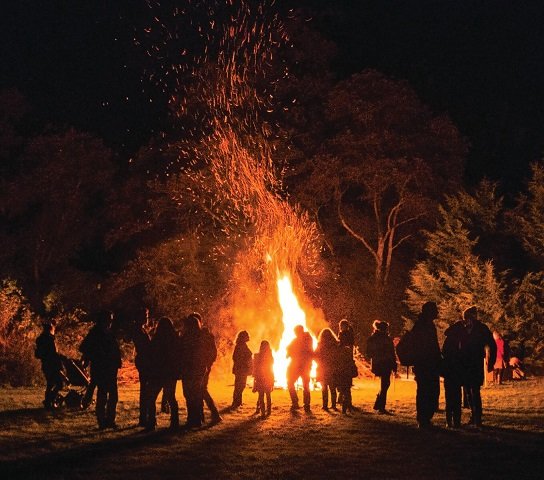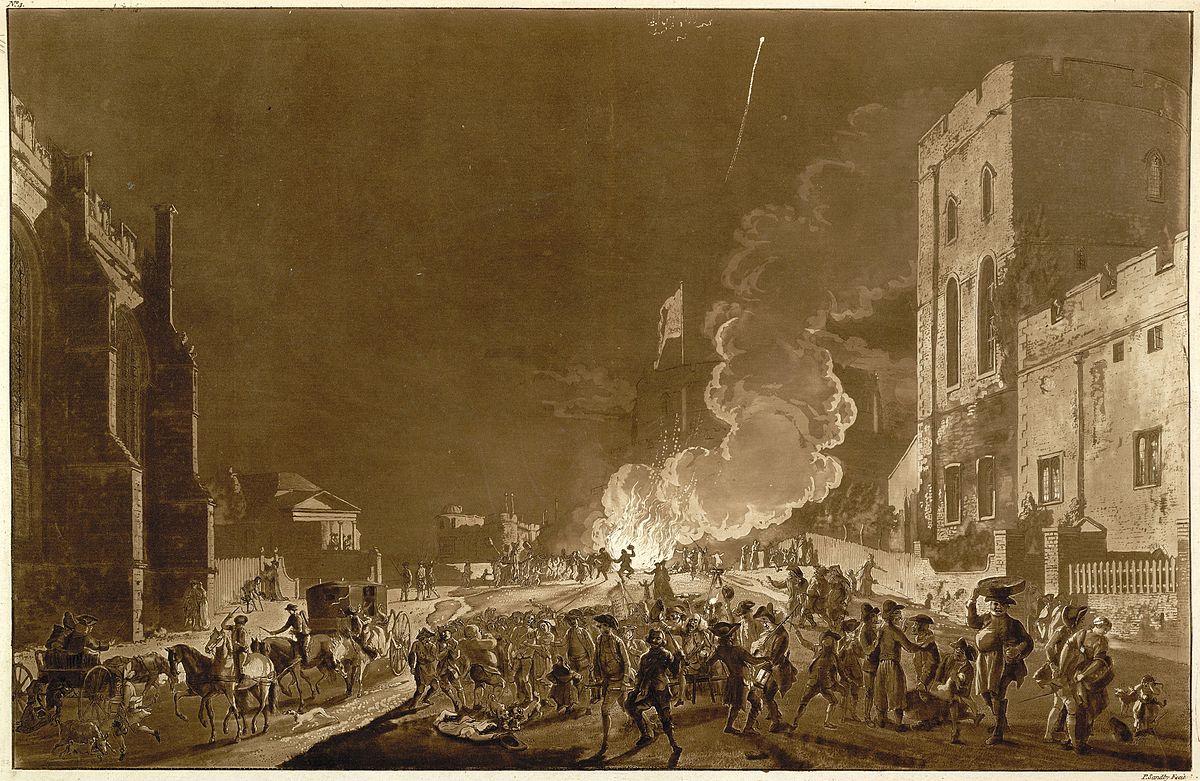
November 4, 2018, by Anjni
Bonfire Night – Things You Might Not Have Known About November 5th
Now that we’ve rolled into November (I know, I can’t believe it either!) and bonfire night is almost upon us, I thought I’d dedicate this post to Guy Fawkes Night and share a little about its history and traditions and how they’ve stayed with us throughout the centuries. So if you fancy learning a little more about November 5th, then keep reading!
A Little History
 Every year, on November the 5th, people across the UK come together to celebrate bonfire night – with fireworks, sparklers and toffee apples galore! – to mark the anniversary of the infamous Gunpowder Plot of 1605 wherein a group of Catholic conspirators (Guy Fawkes among them) attempted to overthrow the Protestant King of the time, King James I, along with the government by setting the House of Lords alight in the hopes of sparking an uprising. However, their plot was foiled and they were captured before they could carry out their plans and were later tried for treason. With religion being particularly central to personal identity during the 16th and 17th century, it is no surprise that it was a hot topic of debate and indeed conflict – particularly since this was the time around which Protestantism came to be the official state religion to replace Catholicism.
Every year, on November the 5th, people across the UK come together to celebrate bonfire night – with fireworks, sparklers and toffee apples galore! – to mark the anniversary of the infamous Gunpowder Plot of 1605 wherein a group of Catholic conspirators (Guy Fawkes among them) attempted to overthrow the Protestant King of the time, King James I, along with the government by setting the House of Lords alight in the hopes of sparking an uprising. However, their plot was foiled and they were captured before they could carry out their plans and were later tried for treason. With religion being particularly central to personal identity during the 16th and 17th century, it is no surprise that it was a hot topic of debate and indeed conflict – particularly since this was the time around which Protestantism came to be the official state religion to replace Catholicism.
How it’s Celebrated – Fireworks, Effigies and Food
In January 1606, Parliament passed the Thanksgiving Act, establishing an annual celebration on November 5th marked by sermons and prayers in the church. Such ceremonies began to wane over time, however popular festivities associated with the celebration like bell-ringing, bonfires and fireworks grew in popularity and have stuck around – even today!
Some traditions however have died out, such as “Penny for the Guy” where small children would construct a human-sized ragdoll, representative of Guy, and wheel him around town asking for a “penny for the guy” so that they could make money to invest into fireworks. Now whilst the ragdolls are no longer used to acquire some cash, they are still used as an effigy of Guy Fawkes and are still thrown into bonfires (as referenced in the infamous nursery rhyme Remember Remember – another custom we’ve kept hold of – where townsfolk wish he be burned).
 There’s even traditional food – YES FOOD! – that is meant for the occasion (something I wasn’t aware of until recently either). Sometimes known as Treacle Toffee or Tom Trot, Bonfire Toffee is a type of black toffee eaten on Guy Fawkes or Halloween. Whilst this has seemed to die away since the 1960s, we still have Parkin cake – a wonderfully sticky, ginger sponge made from oatmeal, treacle and syrup – to mark the occasion (along with roasted potatoes and toasted marshmallows of course!).
There’s even traditional food – YES FOOD! – that is meant for the occasion (something I wasn’t aware of until recently either). Sometimes known as Treacle Toffee or Tom Trot, Bonfire Toffee is a type of black toffee eaten on Guy Fawkes or Halloween. Whilst this has seemed to die away since the 1960s, we still have Parkin cake – a wonderfully sticky, ginger sponge made from oatmeal, treacle and syrup – to mark the occasion (along with roasted potatoes and toasted marshmallows of course!).
So there it is, a few facts and snippets of information about Guy Fawkes Night. Tis true, that Guy himself could have caused a great tragedy and many a chaos had his plot actually gone to plan, but fortunately it didn’t and it seems that the annual fireworks display is the closest we’ll get to experiencing that day in 1605 (which isn’t such a bad thing!). It’s truly amazing how this festival has survived for over 400 years in place where others have been lost to history, but then again, perhaps we have that song to thank for that; after all how can you forget if you’re told: “remember, remember the fifth of November…”
No comments yet, fill out a comment to be the first

Leave a Reply